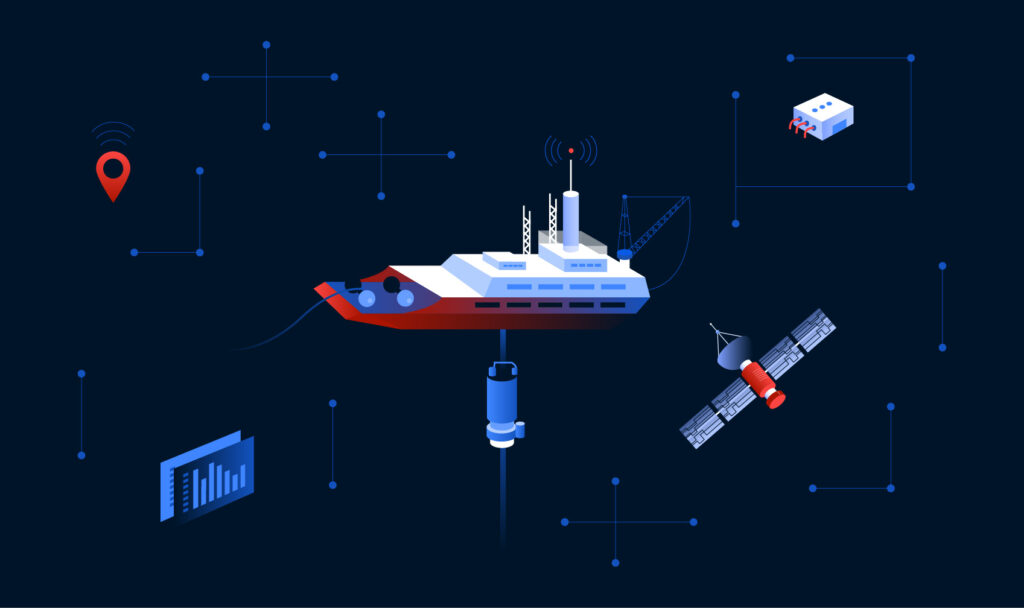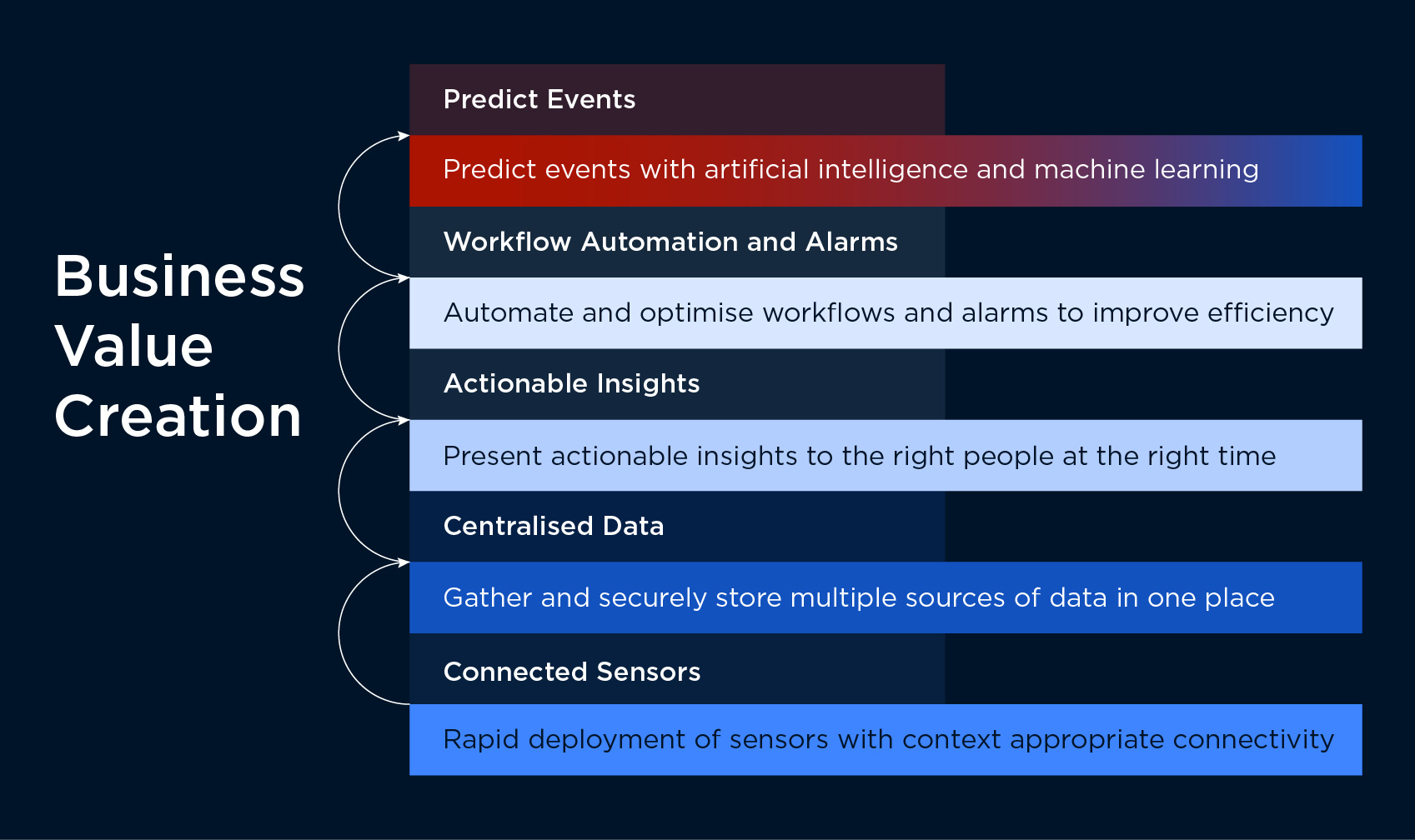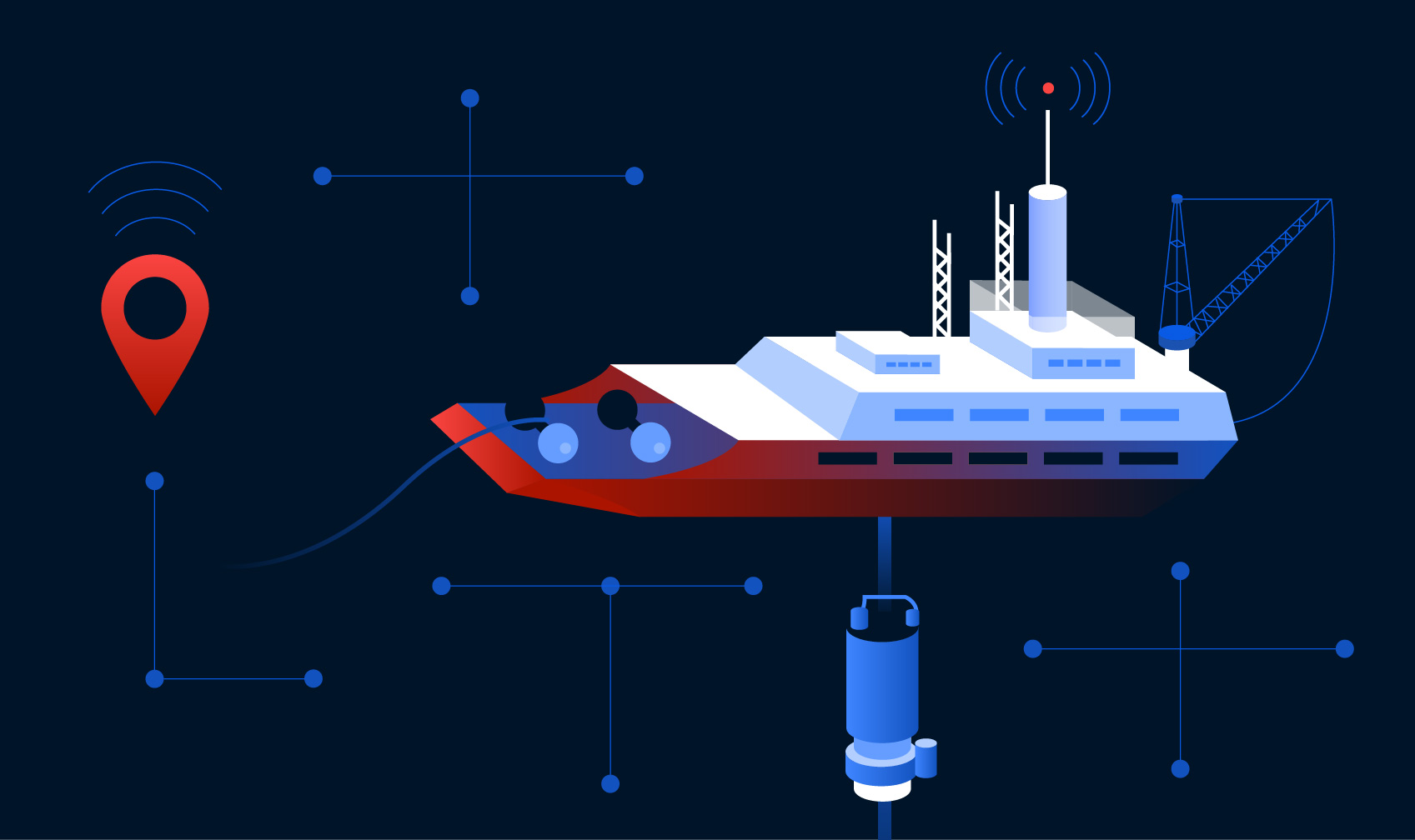Main Menu
Menu
Close
- Home
- Services
- Software Development
- – Mobile App Development
- – Build Custom Software
- – Software Calculator
- Advisory
- – Concept Design
- – Prototyping
Look beyond tech stacks and development frameworks
for remarkable business impact.Build a product that is right for both the users and the business.
- Our Work
- About Us
- Careers
- Resources
- Contact
- Home
- Services
- Software Development
- – Mobile App Development
- – Build Custom Software
- – Software Calculator
- Advisory
- – Concept Design
- – Prototyping
Look beyond tech stacks and development frameworks
for remarkable business impact.Build a product that is right for both the users and the business.
- Our Work
- About Us
- Careers
- Resources
- Contact
Look beyond tech stacks and development frameworks
for remarkable business impact.
for remarkable business impact.
Build a product that is right for both the users and the business.



